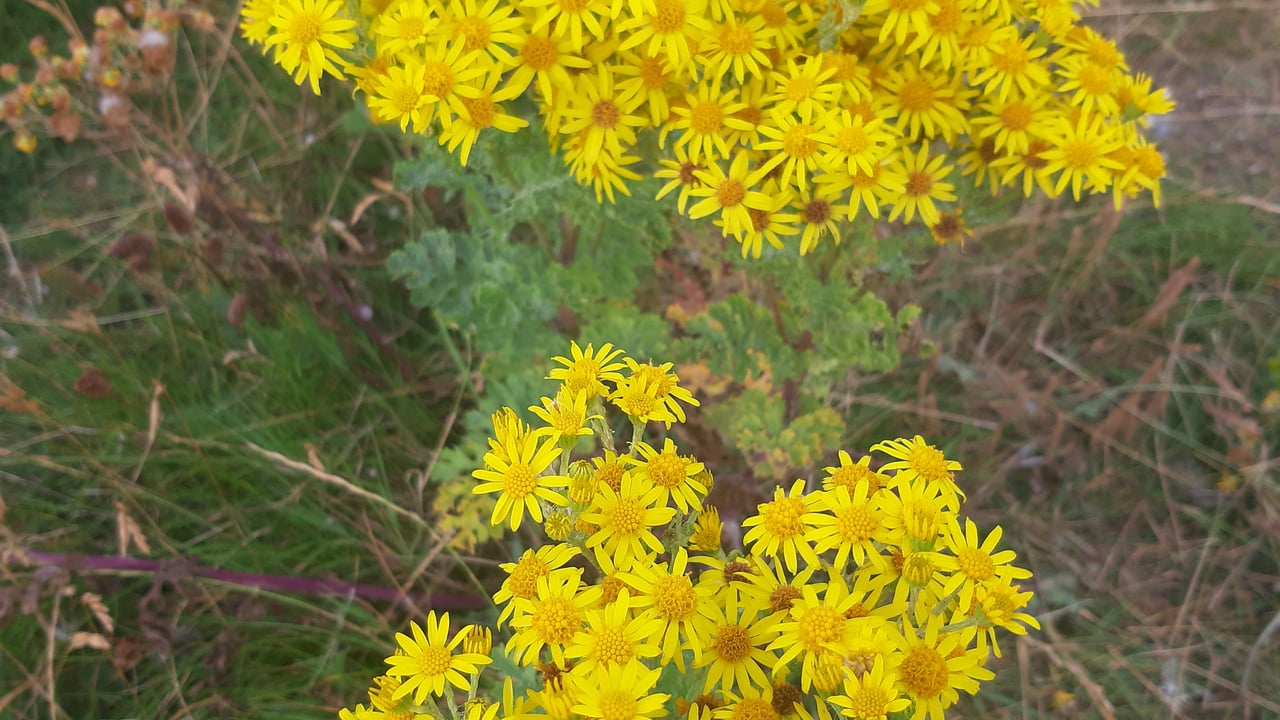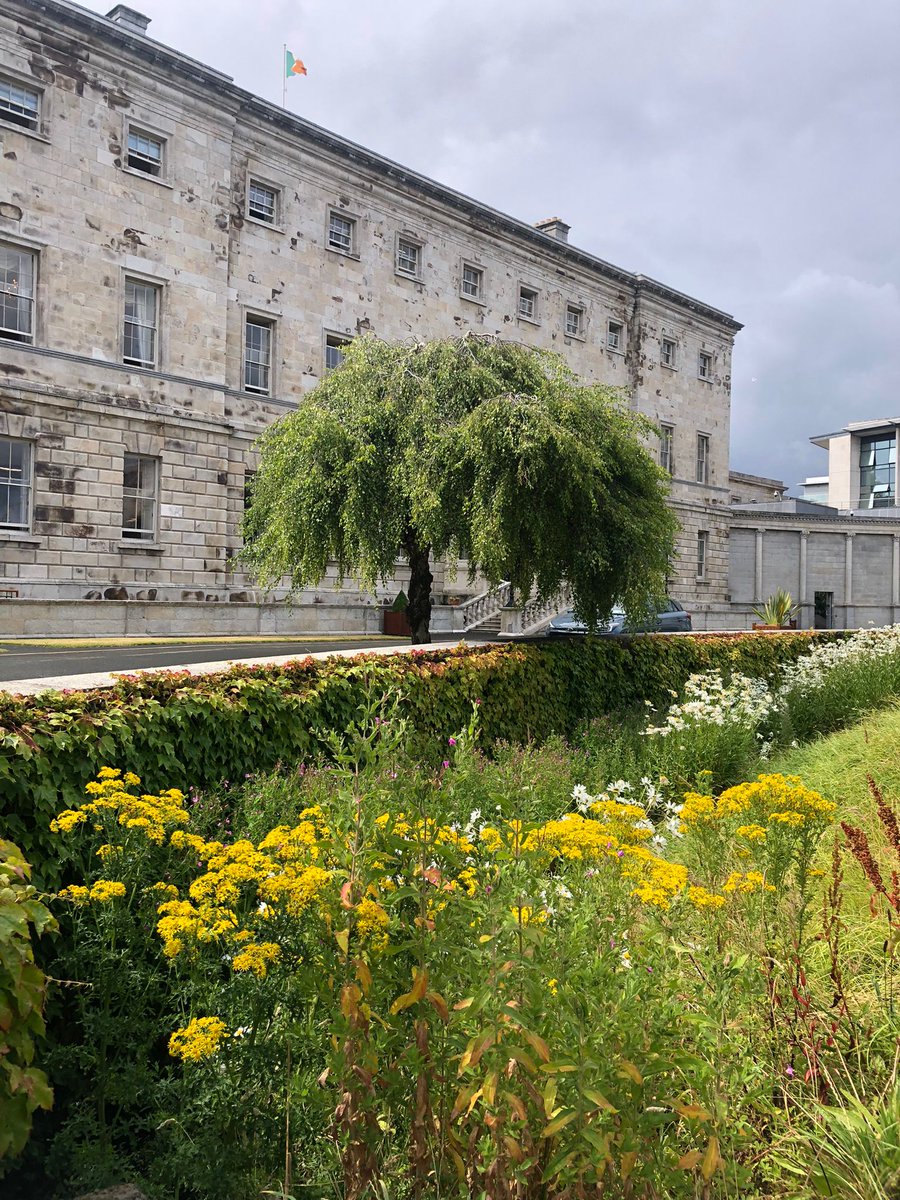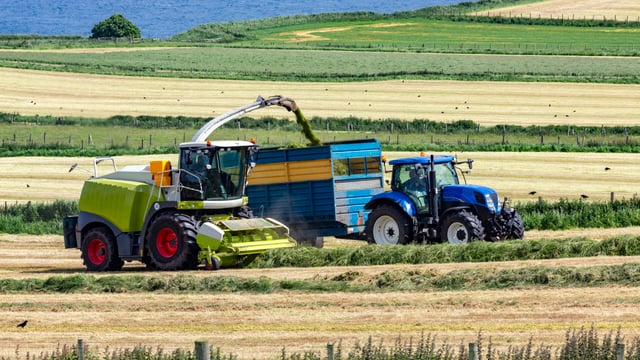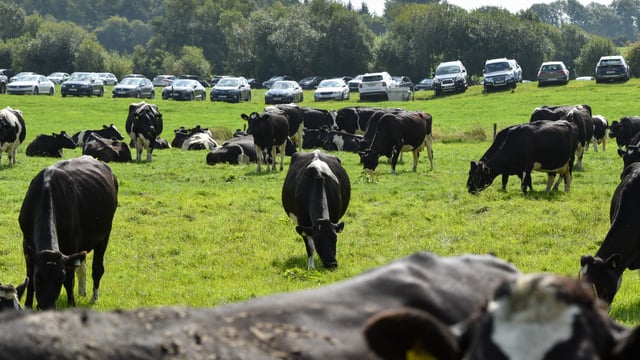Ragwort growing outside Leinster House 'addressed' - DAFM
The Department of Agriculture, Food and the Marine (DAFM) has confirmed that the ragwort found growing on the front lawn of Leinster House has been dealt with.
Earlier this month, Independent Senator Aubrey McCarthy highlighted that the noxious weed was growing outside the Irish parliament, which he described as "a shameful symbol of non-compliance".
"If ragwort can flourish outside the very building where laws are made, it undermines our credibility and duty to uphold them," he said.
Under the Noxious Weeds Act, 1936 it is an offence for owners and occupiers of land not to prevent the spread of specified weeds.
The department of agriculture is responsible for overseeing the control and the prevention of the spread of certain weeds where there is a risk to agricultural land, as determined by a risk assessment.
The noxious weeds specified in the legislation includes common ragwort which has distinctive bright yellow flowers.
"The Department of Agriculture, Food and the Marine liaised with the Office of Public Works (OPW), which is responsible for the management of Leinster House.
"The OPW has advised that the ragwort has been addressed," a DAFM spokesperson told Agriland.
Following a public consultation, a new Statutory Instrument (SI) was signed by Minister for Agriculture, Food and the Marine Martin Heydon in May 2025.
This SI consolidates all secondary legislation on noxious weeds, codifies the existing species of noxious weeds with their botanical names.
In addition, the measure designates blackgrass as a noxious weed and limits controls to certain species of thistle and dock.
Over a ten year period to 2023, there were 198 complaints relating to noxious weeds made to DAFM and 60% of these related to agricultural land.
All complaints over the 10 year period related to ragwort, thistle or dock or a combination of these.






